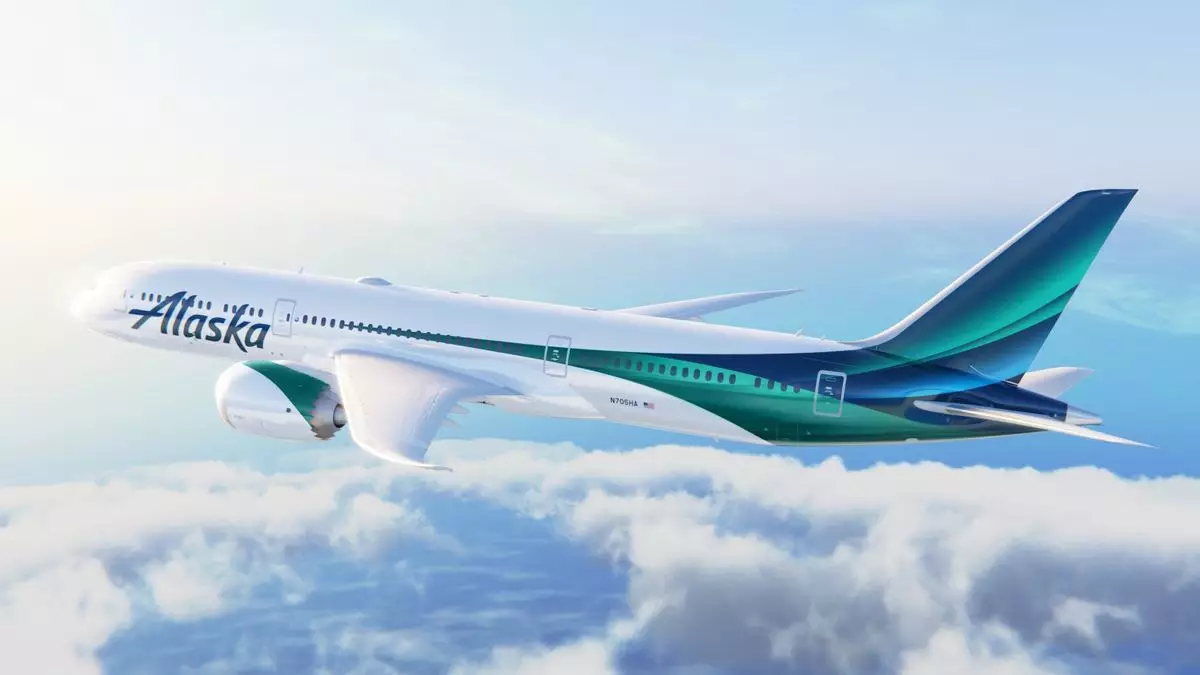Alaska Airlines is boldly stepping into the global arena, signaling a new era of expansive growth and international connectivity. By introducing flights to London Heathrow and Reykjavik from its emerging Seattle hub, the airline is challenging traditional long-haul players and asserting its presence on the world stage. This move is not just about geography; it is a statement of confidence in Alaska’s evolving capabilities and dedication to providing a unique travel experience. The airline’s strategic focus on long-haul routes demonstrates an understanding of shifting passenger demands, where travelers seek seamless, innovative, and memorable journeys. With these new destinations, Alaska aims to carve out a niche that combines cost-effective options with an emphasis on comfort, sophistication, and design innovation.
Innovative Fleet and Design: A New Visual Identity with Purpose
Alaska’s approach to its fleet modernization is as much about aesthetics as it is about efficiency. The airline’s introduction of Boeing 787 Dreamliners featuring a striking new livery inspired by the mesmerizing aurora borealis is a bold statement. Far from simply refreshing its look, this new exterior symbolizes Alaska’s connection to the northern wilderness, evoking a sense of adventure and wonder. The debut of these 787-9 aircraft with luxurious enclosed suites and lie-flat seats showcases a commitment to elevating passenger comfort. Such features position Alaska as a serious contender among premium and premium-economy travelers, reinforcing its reputation for a thoughtful, customer-centric approach to service. This design overhaul coupled with the fleet’s advanced technological features underscores Alaska’s ambition to offer a genuinely modern and inviting long-haul experience.
Strategic Expansion: Challenging Giants and Expanding Horizons
Alaska’s entrance into the international market is carefully calibrated to challenge established giants like British Airways, Virgin Atlantic, and Delta, especially on routes such as Seattle to Heathrow. By strategically positioning itself, Alaska leverages its domestic strength and burgeoning global ambitions. The planned Seattle-Rome flights, set to launch in the spring, will further diversify its European offerings, solidifying Seattle as an international hub. The airline’s decision to operate these routes with an efficient mix of Boeing 787s and 737 Max aircraft reveals a nuanced understanding of route profitability and passenger needs. Alaska’s recent acquisitions, including widebody aircraft from Hawaiian Airlines, demonstrate its commitment to scaling operations wisely. This expansion reflects a bold belief that travelers are seeking more options, more comfort, and more direct routes that connect regional hubs with major international cities.
Looking Ahead: The Future of Alaska’s Global Journey
As Alaska Airlines charts its course into uncharted international waters, the anticipation surrounding its upcoming routes is palpable. The airline recognizes that success depends on more than just connectivity; it hinges on delivering a compelling travel experience that resonates with modern travelers. The journey from Seattle to London and Reykjavik is just the beginning—an assertion that Alaska intends to compete not just on price, but on quality, innovation, and brand differentiation. While the full impact of these routes remains to be seen, it is clear that Alaska isn’t content with simply expanding its network; it aims to redefine what it means to be a truly global airline rooted in innovation and customer satisfaction.


Leave a Reply